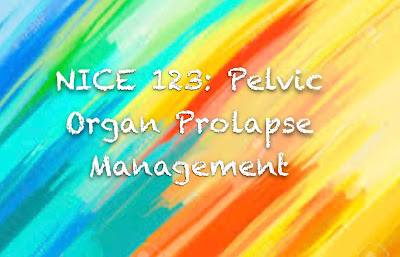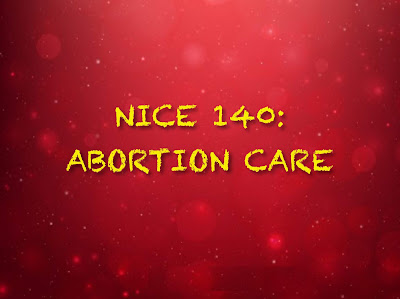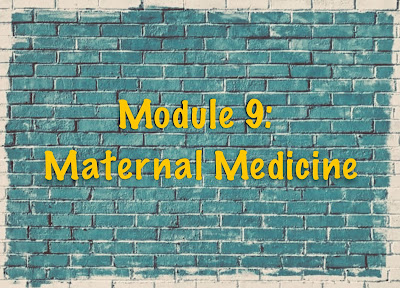This blog post is the summary of Scientific Impact Paper #62 “Reproductive Implications and Management of Congenital Uterine Anomalies” published in November 2019.
This paper provides important information regarding this topic. I found this SIP quite extensive and had to really dig in to make this summary. I have tried my best to extract main points but it is suggested to read through the original document to make sure nothing is missed.
You can download the SIP # 62 by clicking: Scientific Impact Paper Links or Direct Download by clicking Here
Kindly let me know if this post was helpful and suggestions to improve future posts are welcome.
Thanks
SIP # 62 Reproductive Implications and Management of Congenital Uterine Anomalies (CUA)
Background
- CUA → embryological maldevelopment of Müllerian ducts
- Most CUAs → asymptomatic & normal reproductive outcomes
- 3D USG → non-invasive, reproducible & provides visible evidence of internal/external contours of uterus
- Recent Meta-analysis
- Overall prevalence CUA → 5.5% in unselected women
- 8% in Infertile
- 13.3% in women with h/o Miscarriage
- 24.5% in women with h/o Miscarriage plus Infertility
- Presentation of anomalies is variable (from asymptomatic to very complex)
- Four main reason of being difficult counselling about CUAs
- Several classifications in literature
- Several different diagnostic modalities still being used
- Each CUA’s Reproductive Impact is different
- No single RCT for surgical management of CUAs
The aim of this Scientific Impact Paper is to address these four issues and make recommendations.












